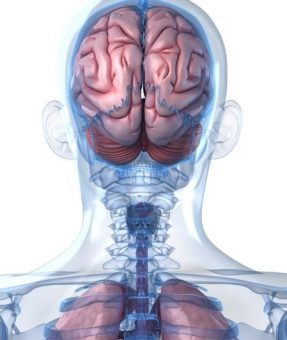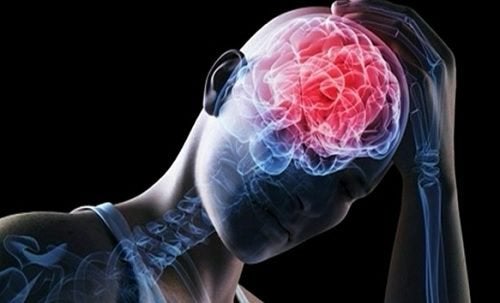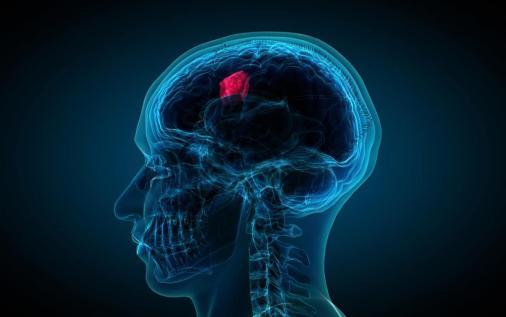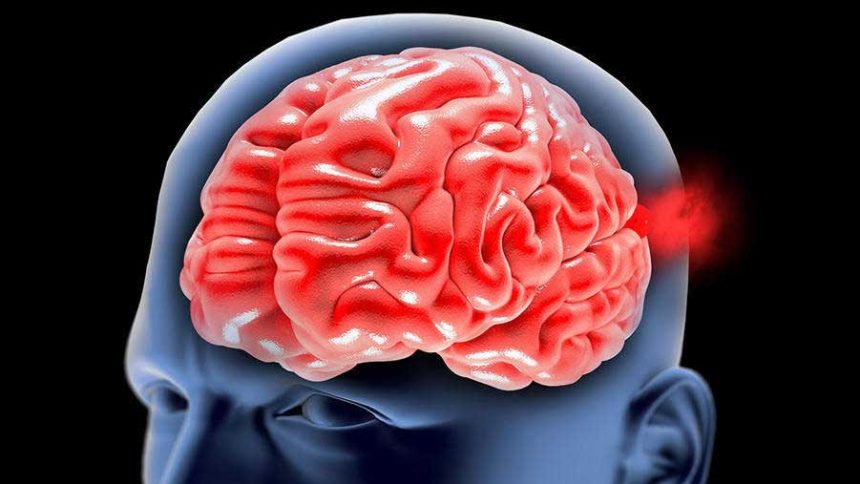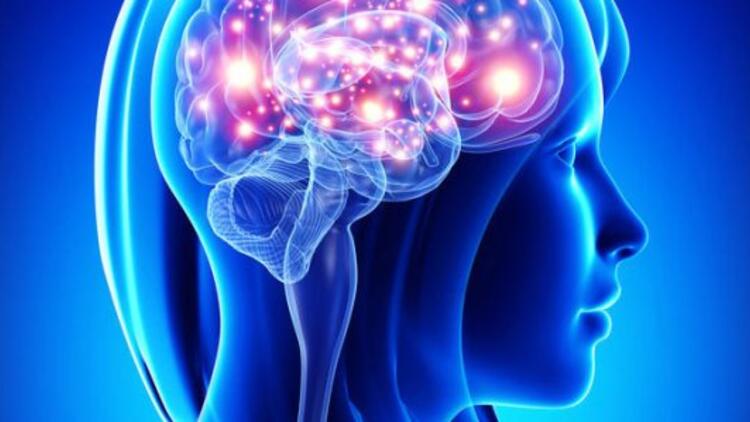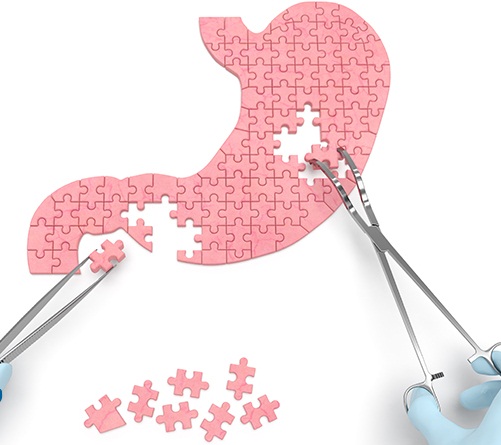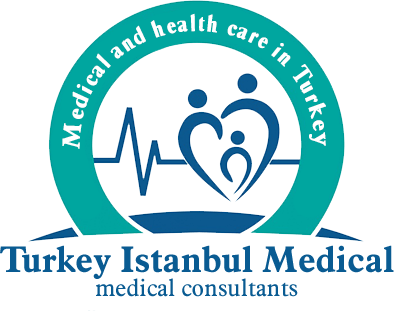Brain Tumor
What is a Brain Tumor?
A brain tumour is an abnormal growth of a mass of cells in your brain.
A brain tumour can occur in brain cells or begin elsewhere and spread to the brain. As the tumour grows, it suppresses and changes the function of the surrounding brain tissue, causing symptoms and symptoms such as headaches, nausea and balance problems.
How does Brain Tumor Occur?
Primary brain tumours begin when they receive errors (mutations) in the DNA of normal cells. These mutations allow cells to grow and divide in increasing proportions and continue to survive when healthy cells die.
The result is a mass of abnormal cells that make up a tumour. In adults, primary brain tumours are much less common than secondary brain tumours in which cancer begins elsewhere and spreads to the brain.
What Causes Brain Tumor?
It is a benign tumour that develops on acoustic neuroma (schwannoma), the balance from your inner ear to the brain and hearing nerves. These nerves are divided into two together to form the vestibulocochlear nerve (eighth cranial nerve). Pressure on the tumour on the nerve can cause hearing loss and imbalance.
Primary brain tumours are found in the brain itself or the brain covering membranes (meninges), cranial nerves, pituitary gland, or tissues such as the pineal gland.
What are the Symptoms of a Brain Tumor?
Symptoms, signs and symptoms of brain tumours vary greatly and depend on the size, location and growth rate of the brain tumour.
Symptoms of Brain Tumors
- New headaches or different headaches
- Headaches gradually becoming more frequent and more severe
- Unexplained nausea or vomiting
- Vision problems such as blurred vision, double vision or peripheral vision loss
- Loss of sensation or movement in the arm or leg
- Balance Difficulty
- Difficulties in speaking
- Confusion in everyday matters
- Personality or behaviour changes
- Seizures, especially in patients without a history of seizures
- Hearing problems
Diagnostic Methods in Brain Tumors
- Physical examination
- Neurological examination
- Computed tomography (CT)
- MRI (MR)
- angiography
- CSF (Cerebrospinal Fluid) examination
- Biopsy
Surgeons can use three methods to look at tumour cells:
- Needle biopsy
- Stereotaxic biopsy
- Biopsy performed at the same time as treatment
Brain Tumor Treatments
Surgical Treatment: Surgical treatment is a frequently used method in the treatment of brain tumours. Neurosurgeons open the skull with a procedure called craniotomy.
Radiotherapy: Radiotherapy is the process of preventing and eliminating the proliferation of cancer cells by using high-energy rays. The rays used in this type of therapy may be x-rays, gamma rays or protons. Radiation is given to the tumour and the surrounding tissues.
Radiosurgery: Radiosurgery is a medical procedure that allows non-invasive treatment of benign and malignant tumours. Radiosurgery can also be referred to as stereotactic radiotherapy (SRT) when used in the treatment of brain lesions. Radiosurgery is the irradiation of cranial (extracranial) and extracranial (extracranial) tumours and lesions that are not suitable for open surgery with a high dose of concentrated ionized radiation.
Continue
Radiosurgery is used in cases where conventional surgical treatment is difficult or not recommended for the patient due to nearby arteries, nerves or other vital structures. Usually, the effects of radiosurgery performed in a single session can be as sharp as performing surgical operations in that area. Thanks to three-dimensional, computer-aided planning and high immobilization (limitation of movement), radiation exposure to healthy tissues is minimized.
Chemotherapy: Chemotherapy is the drug killing of cancer cells. Sometimes used in the treatment of brain tumours in this method, drugs can be administered by the oral or vascular route. Either way, the drugs mix with the blood and circulate through the body through the blood. In chemotherapy, in which drugs are usually given in cures, healing periods follow treatment periods.
Support Treatments
- Steroids
- Anticonvulsant drugs
- Whipped
Rehabilitation
- Physiotherapy
- Speech therapy
Cerebral Hemorrhage
What is Brain Bleeding?
As a result of the rupture of the walls of the vessels that feed the brain, blood infiltration into the brain and the destruction of brain tissue is called brain haemorrhage.
What are the Symptoms of Cerebral Hemorrhage?
Brain haemorrhage manifests itself in different ways. Brain haemorrhage is usually;
- Sudden and severe headache,
- The numbness of the hands and arms and the tingling sensation,
- So hard to seeing,
- Difficulty in speaking and swallowing,
- Loss of consciousness,
- Difficulty reading and writing,
- Loss of physical movement,
- Nausea and Vomiting reflex,
- Lack of coordination,
Causes of Brain Bleeding
- Chronic diseases such as kidney failure, diabetes and some blood diseases
- Smoking and alcohol use
- Some liver diseases and congenital vascular diseases
- Coagulation disorders and the use of anticoagulant drugs
- Hypertension
- Blockages in small artery vessels or main vessels in the brain, balloon structures in the brain vessels (aneurysm)
- Brain tumours
- Accidents and violent blows, post-traumatic skull damage, brain tissue damage
- Genetic predisposition
Risk Factors for Brain Bleeding
- Diabetes
- Hypertension (high blood pressure)
- To smoke
- Obesity
- Old age and risk of falling
- Family members with diseases such as aneurysm and vascular ball
- Polycystic kidney disease
Your Disease May Come
Bleeding under the brain membrane can be very diverse. These haemorrhages can also be caused by traumas or ruptures of a vessel in the brain. Especially in young people, haemorrhages in brain tissue are seen in congenital vascular disease. The incidence of haemorrhage due to vascular ballet is more frequent between the ages of 15-40 compared to other age groups.
How to Diagnose Brain Bleeding?
There are special areas for language functions in the human brain. These fields are; Almost all of the right-handed people are left half of the left brain, while the left-handed people are left at least 75%. The speech centre is located in the anterior lobe of the left brain, and the lateral lobe of the understanding centre. The centre for writing and reading is in the side-upper lobe.
In general, brain haemorrhage is caused by damage to the left side of the brain; The person loses language skills such as speaking, comprehension, reading or writing.
First aid in the diagnosis of the possibility of brain haemorrhage;
- She is asked to smile and smile (if she cannot, she may be paralyzed due to a brain haemorrhage)
- They are asked to form a sentence (Example: “Today is a very good day”) If not, there is a possibility of a brain haemorrhage.
- He must raise both arms,
- Ask him to stick his tongue out. (If the tongue is warped, it is a sign of a stroke.)
How to Treat Brain Hemorrhage?
Patients with bleeding in the brain should be closely monitored. Early treatment involves stabilizing blood pressure and breathing. A breathing aid (ventilator) may be required to provide sufficient oxygen to your brain and other organs. Intravenous access is needed so that the patient can be given fluid and medication, especially if the person is unconscious. Sometimes special monitoring of heart rhythms, blood oxygen levels or pressure within the skull is required.
Once a person has stabilized, a decision is made on how to stop the bleeding. The decision to perform the surgery is determined by the size and location of the bleeding. Not everyone with intracranial haemorrhage needs surgery.
Various medications can be used to reduce swelling around the bleeding area, maintain optimal blood pressure, and prevent seizures. Pain relief may be required if a patient is awake.
Brain Inflammation
Meningitis (Encephalitis), Encephalitis:
It occurs as a result of various microbes settling in the brain and the membranes of the brain. Bacteria that do this cause these diseases after viruses are usually taken by the respiratory tract and placed in the throat. Sometimes microbes in the head and neck region, such as ear inflammation and sinusitis, can also pass into the brain.
What are the Symptoms of Brain Inflammation?
- Headache
- High fever
- Feeling tired
- Weakness
- Muscle and joint pain
Symptoms in Infants and Children
- Hardness in the body
- Nausea and vomiting
- Bloating in the soft parts of the baby skull
- Continuous crying
- Anorexia
- Don’t cry more when you hold the child
Symptoms Requiring Emergency Response
- Severe headache
- Double sight
- Seizure
- Personality change
- Loss of consciousness
- High fever
- Bad smell perception
- Problems with speaking and hearing
- Muscle weakness
- Loss of sensation in certain areas of the body
How is it Diagnosed?
Lumbar puncture, in other words, known as taking the wastewater in the method taken from the cerebrospinal fluid; pressure, colour, cell number, protein amount, sugar level. Cerebrospinal fluid culture methods to produce microbes, such as virus isolation methods are applied.
Contrast-enhanced brain imaging may show contrast enhancement in some areas of the brain. In cases where brain waves called EEG are recorded by computer, slowdown in brain waves and some abnormal brain wave activities may be seen.
Occasionally, a brain biopsy may be performed to assist in the diagnosis in cases where other diagnostic methods do not work and require a severe diagnosis.
Brain Inflammation Treatment
Encephalitis treatment varies according to the causative agent of the disease. First, the causative factor should be identified and a treatment method should be applied accordingly. The most common cause of encephalitis is the herpes simplex virus. For this purpose, antiviral treatments are applied first. At the same time, the disease-causing virus protection is another important point. To prevent encephalitis, vaccination of diseases such as rubella, measles, chickenpox and mumps is recommended.
In cases of sudden encephalitis, hospitalization is very important. Meeting the fluid – electrolyte needs of the patient and providing a diet according to the state of consciousness is another factor to be considered. However, if the patient’s breathing is insufficient, he may need to be connected to the breathing apparatus. The reason for not using antibiotics in the treatment of encephalitis is that antibiotics do not have any effect on viruses.
Currently, antiviral treatment is applied in cases of encephalitis caused by HSV and some viruses. Corticosteroids can be used in cases with brain oedema and antibiotics can be used in encephalitis caused by bacteria and bacteria.
